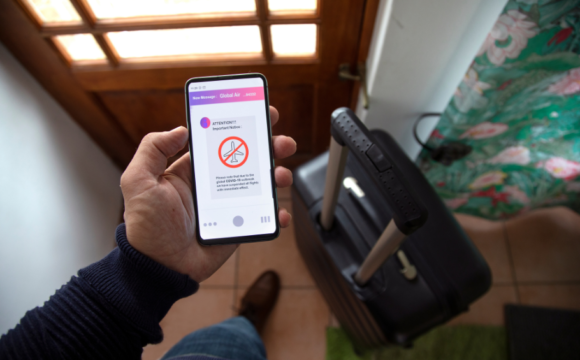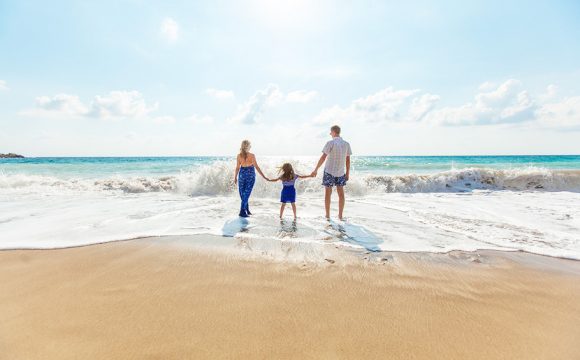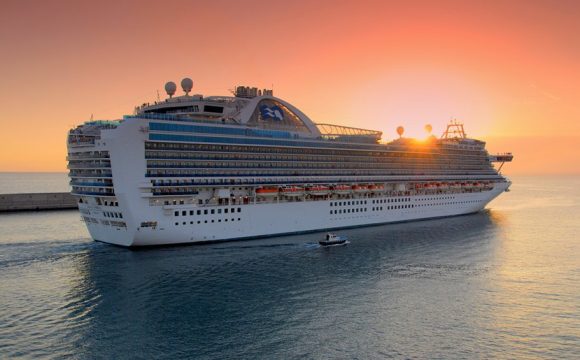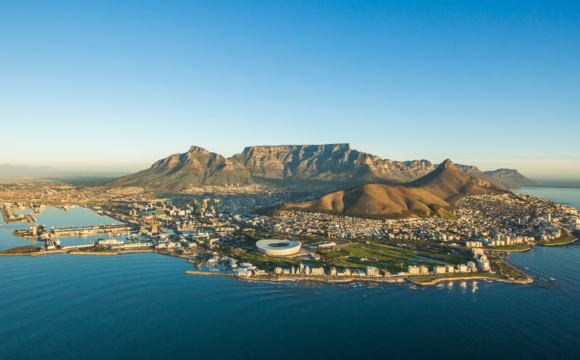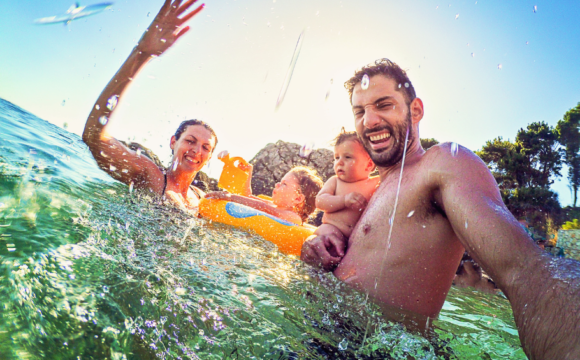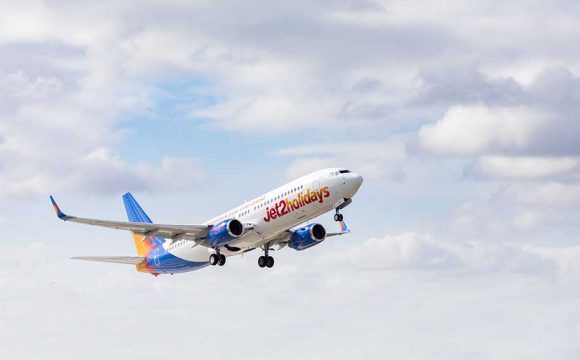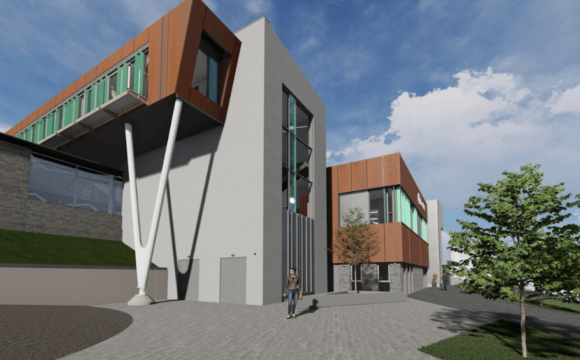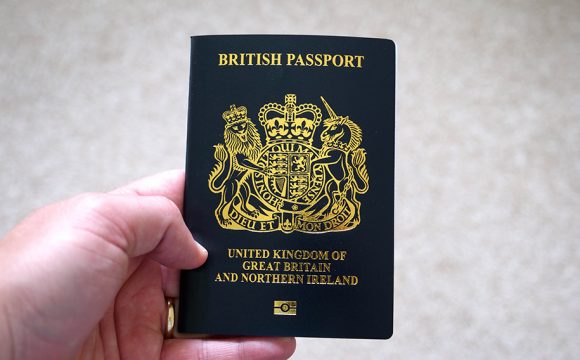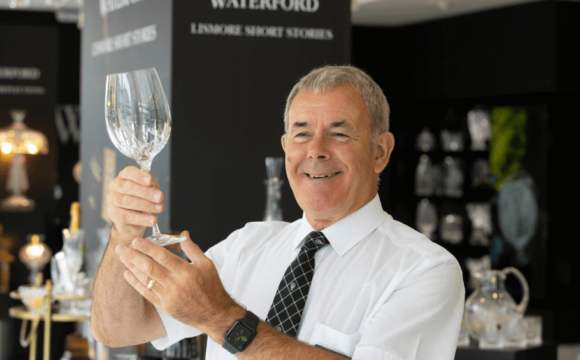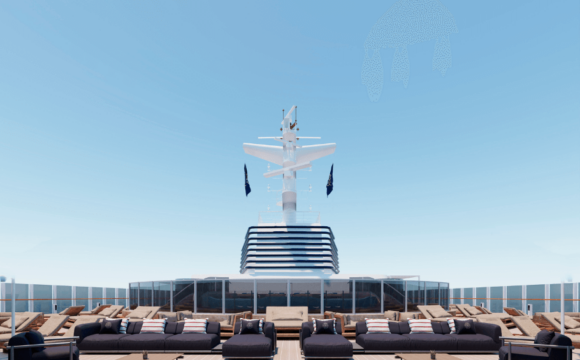Travelling should be an adventure of the unexpected and thus it was before I had even landed on St Mary’s, the largest of the group of islands that make up the Scillies, famous as the favourite holiday mecca for the late Prime Minister, Harold Wilson (who is buried in the charming, friendly Hugh Town).
I had flown from Belfast International to Newquay and had expected a four-hour wait for the Skybus service to the isles. But the little airline that serves Scilly had other ideas. I heard my name called over the tannoy with instructions to go to the Skybus desk… there they explained that I was the only passenger on the flight and would I like to go now! That’s the way to run a people-friendly airline.
And the unexpected adventure didn’t end there for after the 17-seat Twin Otter had lifted off the pilot explained that we would be stopping off at Land’s End Airport since the ‘plane required some repairs. There would be a 20-minute delay and they would put me on another ‘plane to complete the normally 25-minute journey.
But since I had been so accommodating I was directed to the little café and given a cream tea – freshly baked scones, jam and clotted cream – on Skybus. And I got to see Land’s End!
The route is along the rugged and romantic Cornish coast with a landscape dotted with abandoned tin mines, above St Michael’s Mount and Bishop Rock lighthouse, the smallest island in the world with a building on it.
From the mainland the Scilly Isles are served by ferry and helicopter, but Skybus certainly know how to provide the perfect introduction to the most distinctive of holiday destinations, designated an Area of Outstanding Natural Beauty.
St Mary’s, the largest of the islands with a population of 2,100, is two-and-a-half-miles wide by one-and-three-quarters long, but size isn’t everything and in the case of St Mary’s it’s the beauty and charm that counts … Hugh Town (Pop: 1,068) is a delightful stopping off point for the many boats that serve the four other inhabited islands of Tresco (Pop: 180), St Martin’s (142), St Agnes (73) and Bryher (42). There are some 140 uninhabited islands.
People have lived on the Scilly Isles since the Stone Age and were visited by the Phoenicians, Greeks, Romans and Vikings. Today they are part of Prince Charles’s Duchy of Cornwall … one of the mildest and warmest areas of the United Kingdom. Indeed, the almost tropical climate makes Scilly famous for its flowers, a major industry alongside tourism.
Hugh Town is packed with terrific hotels, B&Bs, restaurants and cafes. Five minutes takes you from one end of the town to the bustling little harbour at the other, a harbour filled with yachts bobbing gently in the sea.
The people are almost overwhelmingly hospitable and shopping for local produce and crafts is a delight … largely because you don’t get out of the shop until you have explained who you are, where you’re from and, of course, how much you’ve fallen in love with the place. Everybody wants to stop for a chat and to make sure you’re having a great time … which, of course, you are.
Getting to the other islands is easy since there are several excellent boat companies offering regular trips at give-away prices (your hotel or B&B will sort out a destination and ticket).
A day spent on St Martin’s, Tresco or St Agnes is a day in which you step back in time to relax and smell the explosion of flowers in the gardens of the lovely little stone cottages or simply spread out on a golden beach lapped by crystal-clear waves … with the nearest people a distant collection of dots. No arguing over somebody spreading a towel on your favourite spot in Scilly.
Each of the islands has an intriguing little settlement – St Martin’s has Higher Town – usually one winding lane of cafes, usually a small inn, a couple of art galleries, a small store-post office and cottages – and you simply must stop for a famous cream tea, or a pint of foaming ale. You should also sample the local St Martin’s wine, which I did (purely for research purposes, you understand).
The birds on Tresco, of the feathered variety, are a cheeky lot. In the sun-drenched garden café of the world-famous Tresco Abbey Gardens I ordered a pot of tea and a freshly-baked coffee cake … and wondered if I should ask for my money back.
As soon as I had selected a table I was joined by a flock of sparrows to whom fear was a clearly unknown emotion since they simply gave me a lop-sided glance and hopped onto my plate to squabble and fight over that delicious cake. Well, I assume it was delicious since all I got was a collection of crumbs while my visitors flew off with chunks of it clamped in their tiny beaks.
Tresco is the second largest of the five inhabited and utterly beautiful Scilly Isles, a half-hour boat ride from St Mary’s, the largest island. Several boat companies run regular, daily trips to Tresco – and the other islands – for around a mere £7 return.
Tresco, owned by the Dorrien-Smith family, is a real charmer of rugged headlands, windswept heathland, golden beaches, narrow winding lanes and the 17-acre sub-tropical gardens (£10 entrance) containing some 20,000 exotic plants from over 80 countries.
The island was first settled with a Benedictine Abbey in 964AD and the gardens were developed in the l9th century by Agustus Smith. In addition to the gardens there is the fascinating Valhalla Collection of figureheads from ships wrecked around the islands.
Like most of the islands, with the exception of St Mary’s, Tresco is a car-free island – you can easily walk around it or hire a bike or golf buggy (I got a bike and wobbled along the lanes) – and there is a small, very small, ‘town square’ with a visitor centre, a store and post office. Just along from the little harbour the New Inn offers a welcome resting place and for island crafts and art works a visit to Tresco Gallery is a must.
Back to Hugh Town on St Mary’s for a climb to the historic Star Castle Hotel, perched on a hill with a panoramic view of the island. The hotel lies within the ramparts and walls of the star-shaped garrison castle, whose famous visitors have included King Charles II and the-then Prince of Wales, later to become King Edward VIII.
The castle was built in 1593 and formed the backdrop to a Civil War battle, the last stronghold of the Cavaliers. Today the Star Castle Hotel is one of the finest in the Scilly Isles with a relaxing lounge, first class restaurant and bar and rooms packed with character.
A leisurely walk through the little town – with much stopping along the way to shop and chat with the friendly locals, even with fellow-visitors since the Scilly Isles help restore the lost art of conversation – and a gently snooze in preparation for another boat trip to St Martin’s, the third largest of the islands.
Most people who know the Scilly Isles name St Martin’s as their favourite, a small island of stone cottages hiding behind gardens filled with flowers, of inviting lanes leading to magnificent beaches, of quite excellent cafes and galleries (mostly found in the three quaint settlements of Higher, Middle and Lower Town).
One of the most famous is St Martin’s Bakery where Toby Tobin-Dougan bakes his fantastic breads, pastries, pies and tarts … and you simply have to try his strawberry and fresh cream scones, and take away a bag of goodies for later. Toby actually runs Craft Bakery Courses in January, February and March. The island has a beautiful hotel – St Martin’s on the Isle – built in the l980s to resemble a row of fishing cottages overlooking a boat-filled bay and powder white beach. An outstanding restaurant and bar and elegant, rustic rooms make this a mecca for lovers of fine, relaxed living. On the lane to the hotel the Church of England St Martin’s has a bell salvaged from a shipwreck.
Back to St Mary’s and all set for another cruise to another island, since the great charm of the Scilly Isles is the number of boat trips you can take and the people you can meet. Indeed, a great many of my fellow-passengers turned out to be regular visitors to the islands, from as far back as the l980s, booking ahead from year to year, captivated by what is on offer, always finding something new and exciting to see and do.
St Agnes is the southernmost inhabited of the islands famous for its lighthouse, now a private residence, erected in 1680, and a pebble maze from Medieval times. The island has no hotel but it offers several B&Bs, a small store-post office and a pub.
Like all of the islands growing flowers and providing the world with bulbs is a major earner for St Agnes, and a scent-filled delight for visitors. Interestingly, on my flight to Newquay I was asked where I was going. When I said the Scilly Isles it was assumed I was off to the Channel Islands … however beautiful the Channel Islands are they come a poor second to the unique, enchantingly magical and beautiful Scilly Isles … a world of its own in which the inhabitants live the way life should be lived: relaxed, friendly and welcoming. You simply have to go see for yourself.
Factbox:
I stayed in the beautiful, and romantic, St Mary’s Hall Hotel during my Scilly Isles trip… a magnificent Italianate town house with a flower-filled, palm-fringed garden just across the road from the imposing Parish Church of St Mary the Virgin and mere minutes from the beaches and town centre.
The granite hotel – with 25 rooms, soon to be extended to 30 – has a colourful history, built by Count Louis Adolphus Leon Ferrari, an Italian nobleman, for his island-born wife.
The hotel retains its oak-panelled hallway entrance with a great staircase leading to the crisply modern rooms. There is a relaxing and comfortable bar – with a great bar menu – and a fine, brightly fresh restaurant with photographs of local land- and seascapes.
Manager Joan, who lives on Tresco and commutes to St Mary’s every day on her own boat, and her dedicated staff run the hotel with a combination of sophisticated informality and warmth that has helped establish it as one of the best in the Scilly Isles.
Owner Clifford Freeman once worked in the food processing industry and has been associated with O’Kanes in Ballymena. He has a wonderfully laid-back attitude to the hotel he bought a year ago. He has been visiting the islands since childhood and when he found the building in receivership he did a quick deal and started to bring life back to it.
St Mary’s Hall Hotel, like most hotels in the islands, is child-friendly, with games set up for them in the front garden.
Clifford actually owns a farm in Gloucestershire where he specialises in rare breeds and plans to eventually introduce his own produce and stock in the restaurant.




